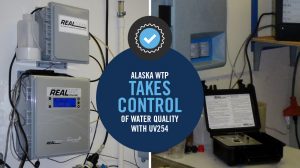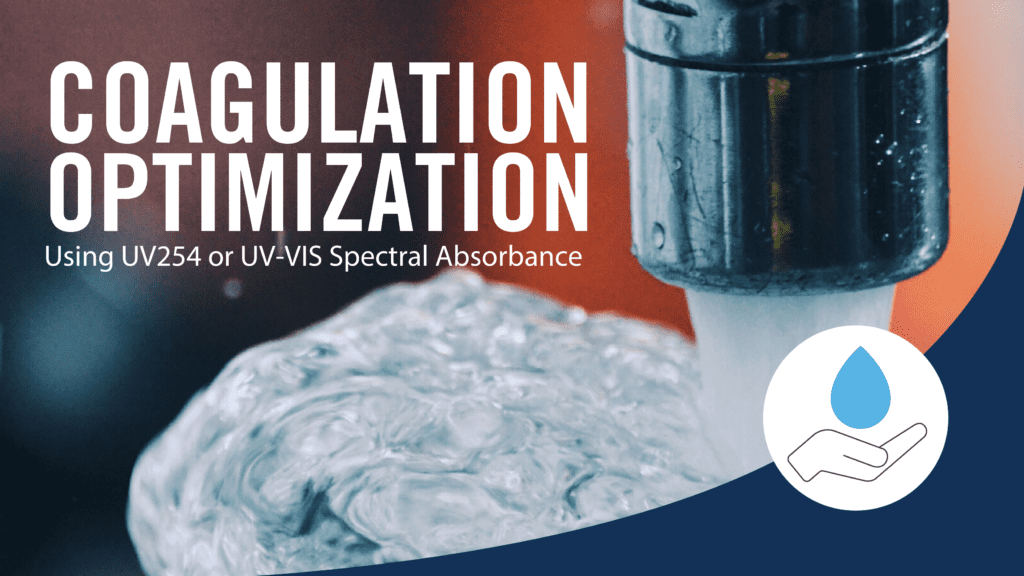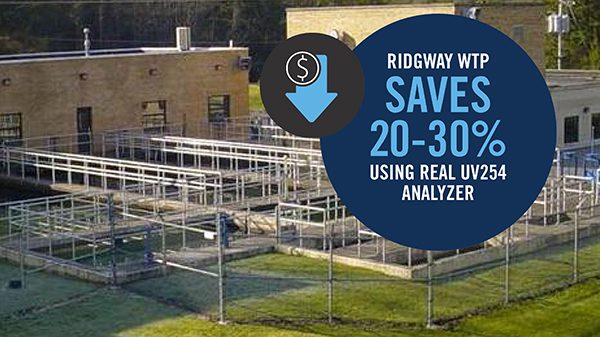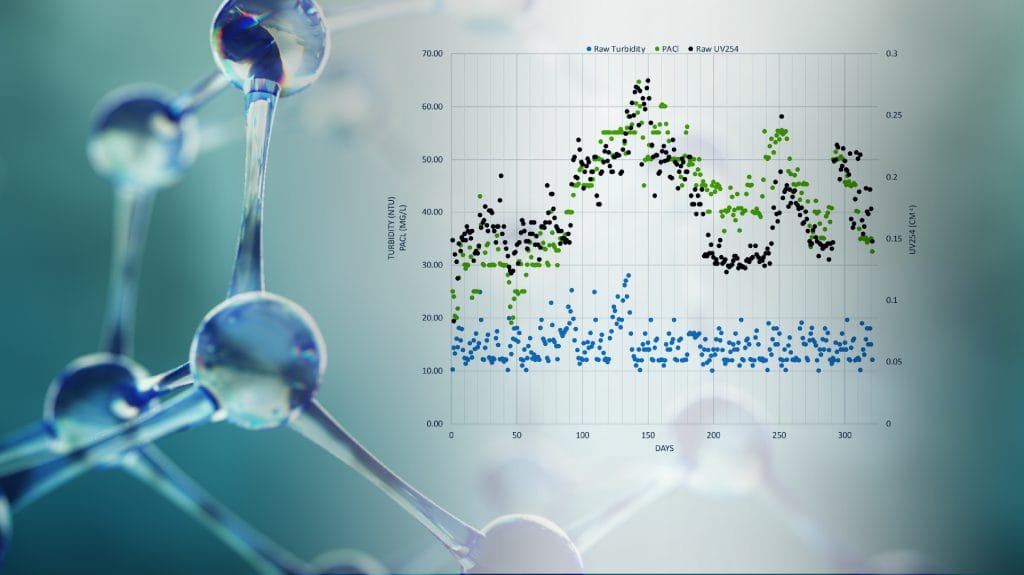 With the ongoing concern about water quality in Alaska, Philip Downing, the Remote Maintenance Worker for South East Alaska Regional Health Consortium, offered a new approach to a plant’s ability to continuously monitor and adjust treatment processes in response to changes in raw water quality. By incorporating the Real UV254 analyzer from Real Tech, the plant has been able to take a proactive approach to optimizing their treatment process while reducing costs for the city at the same time.
With the ongoing concern about water quality in Alaska, Philip Downing, the Remote Maintenance Worker for South East Alaska Regional Health Consortium, offered a new approach to a plant’s ability to continuously monitor and adjust treatment processes in response to changes in raw water quality. By incorporating the Real UV254 analyzer from Real Tech, the plant has been able to take a proactive approach to optimizing their treatment process while reducing costs for the city at the same time.
The Challenge
In the event of heavy rainfall, the water treatment plant (WTP) would see turbidity spike from an average of 0.2 NTU up to a high of 5.0 NTU. Depending on how long the storm would last, this temporary spike could last overnight or, in rainy seasons, could last for a period of weeks. Historically, the plant has used a streaming current monitor to determine the potential change in coagulant demand to remove turbidity found in the raw water supply. The trouble with this approach was that even as turbidity was returning to a normal level, the natural organic matter (NOM) in the water remained high. The plant had no way of predicting what the coagulant demand would be to optimize removal of NOM.
The Solution
With the introduction of the Real UV254 M3000, the plant operator was able to monitor fluctuations in NOM coming into the plant and adjust coagulant dose accordingly. Raw water UV absorbance (UVA) values coming into the plant were in the range of 0.080-0.635 UVA. By using UV254, the plant was able to predict and optimize the coagulation process and routinely increase the effective organics removal rate, as measured by UVA, to approximately 90%. Compared to previous results, this represents a significant improvement. Since installing Real Tech Inc.’s M3000, the plant has been able to significantly reduce their coagulant costs over time while maintaining finished drinking water with UV254 absorbance in the range of 0.050-0.012 UVA which is considered extremely good quality.
“Having the online UV meter from Real Tech has provided us with the information that explains the anomalies that no one could explain until now. Previously, we had used turbidity removal to determine the settings for our Polymer injection system. Now, using the Real Tech’s UV254 portable meter to measure UVA, we can determine on the bench the coagulant pump settings that will optimize the removal of NOM which helps us meet the challenges of the D/DBP Rule. In addition, Real Tech’s continuous monitor confirms that our plant is operating at the optimum level. Optimizing our current filtration system can potentially eliminate the need for costly plant upgrades to meet Disinfection By-Products regulations.”
– Philip Downing – Remote Maintenance Worker, South East Alaska Regional Health Consortium
In addition to the optimization of their coagulation process, the plant has also seen changes in their use of chlorine. Given that the dose of polymer has decreased over time, the plant has also been able to optimize the amount of chlorine used as well. Prior to having UV254, chlorine would be consumed by the increase in aromatic organics from heavy rainfall, resulting in increased chlorine demand to achieve the necessary residual in the distribution system. Excess levels of organic matter then increased the potential formation of disinfection by-products. This is no longer the case since installing the M3000 monitor. Organics are now under control and the chlorine use has been considerably lower than in previous years while still meeting chlorine residual requirements and maintaining drinking water quality.
The Results
The water quality at the WTP has changed dramatically. The Alaska Department of Environmental Conservation and the local residents have been extremely happy with the improvements at the plant and the quality of the drinking water produced over the past few months. With the results seen at this facility, Philip Downing is hopeful that other towns and cities experiencing the same challenges will be able to use UV254 to their advantage, resulting in clean drinking water for more residents of Alaska.
________________________________________________________________________________________________________________________
RELATED POSTS
COAGULATION OPTIMIZATION WITH UV254 OR UV-VIS SPECTRAL ABSORBANCE
HOW A SIMPLE ORGANICS MONITOR HELPED REDUCE CHEMICAL COSTS
ORGANICS AREN’T INVISIBLE: A GUIDE FOR SIMPLE ONLINE MONITORING
GO BACK TO BLOG
![]()



